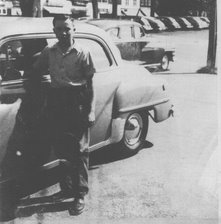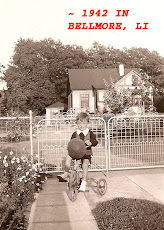Below, I'm standing in front of Lewis and Clark camp site, by the Madison river just above where the Jefferson River comes in. The sign shows the aerial view for those who are USGS believers.


To complete the picture, below right is the Gallatin River just before it goes either into the Missouri or the Madison-Jefferson rivers, while left is the Jefferson and Madison.


Millie is shown below tracking Clark's trail, using scents well over 200 years old. Yes, she is that good.

Another very interesting place we visited was the Madison Buffalo Jump State Park which was down a 7 mile gravel road about 25 miles from the headwaters. Millie had problems getting the scent of Bison, I think the Buffalo signage confused her. But, from that hill top, native Americans stampeded and funneled Bison over the cliff to their death; those that survived were killed the old fashion way. Bison were tremendously useful to native Americans, being used for clothing, tools, and food.


While we were here, we decided to visit Virginia City which was "only" 90 miles away. Man! That was a long 90 miles. What used to be a gold/silver mining "town" is now a dilapidated tourist trap. We had in mind to walk around the town and have dinner there. What a joke. In five minutes, we had time to see it twice. For food, the best they offered was ice cream. We tried it, it was delicious. Lill like the huckleberry. In fact, throughout Montana, at least in Glacier and in Virginia City, huckleberry is quite popular. Below are some of the interesting spots in Virginia City. I must confess, the museum was quite interesting and took more than 5 minutes to see - and it was FREE.



We found a nice restaurant on our way back to Three Forks, including a fixer-upper house, that with a little effort could amount to still not much. But, this is an example of the type of house 19th century pioneers made.

We left Three Forks on Aug 14th and headed for Terry Bison Ranch RV Resort in Cheyenne, Wyoming, 705 miles away.
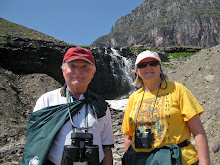



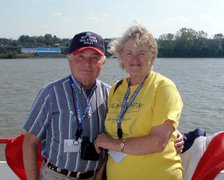
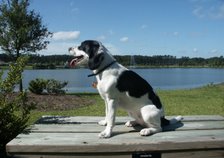










.jpg)







